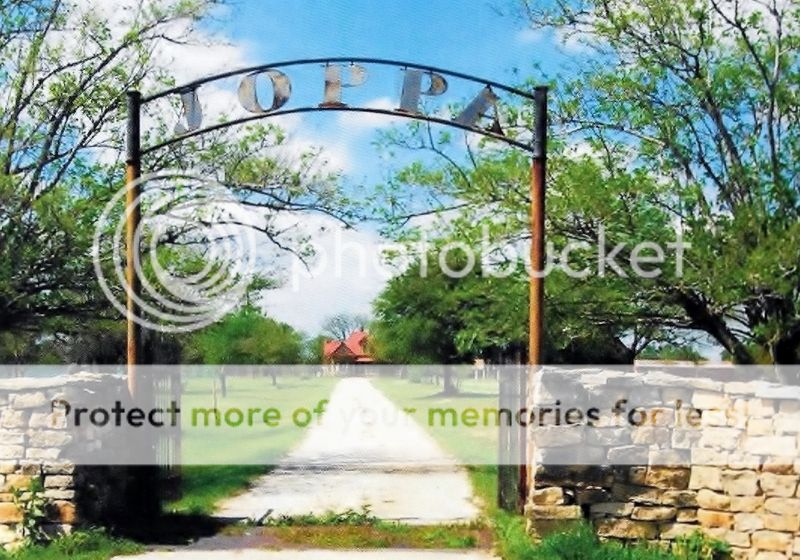Thanks for all of the positive feedback, guys. It's very much appreciated.
Let's finish up this story:
In September of 1919, Pinky returned to A&M to begin his Junior year. One of the 1st things he did was establish a quartet. He soon formed his team & together they dubbed themselves "The Cast Iron Quartet".
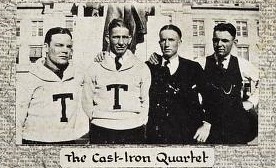
The Cast Iron Quartet
The quartet began by singing after dinner and at informal student events. The big night came when the quartet attended a movie in downtown Bryan & the quartet gave a performance during intermission. Back then, all movies were silent movies so a piano player performed to the audience while the movie was playing. Naturally, Pinky was a substitute Piano player for the theater and he talked the manager into allowing his quartet to sing during intermission. The Cast Iron Quartet began their performance and it just so happened that the Yell Leaders were also in attendance. The final song was the Aggie War Hymn and after finishing, the place went wild. It was so boisterous that ushers rushed in expecting to break up a fight.
No fight that night, just a fight song.
After the movie was over, the Yell Leaders came up to the group and asked it they would sing that song at the next Yell Practice. Back then, it was held after the evening meal on the steps of the YMCA building. At yell practice the group was introduced and performed the song. It helped that the QB of the football team (Arthur Knickerbocker) & one of their star lineman (E.S. Wilson) were also members.
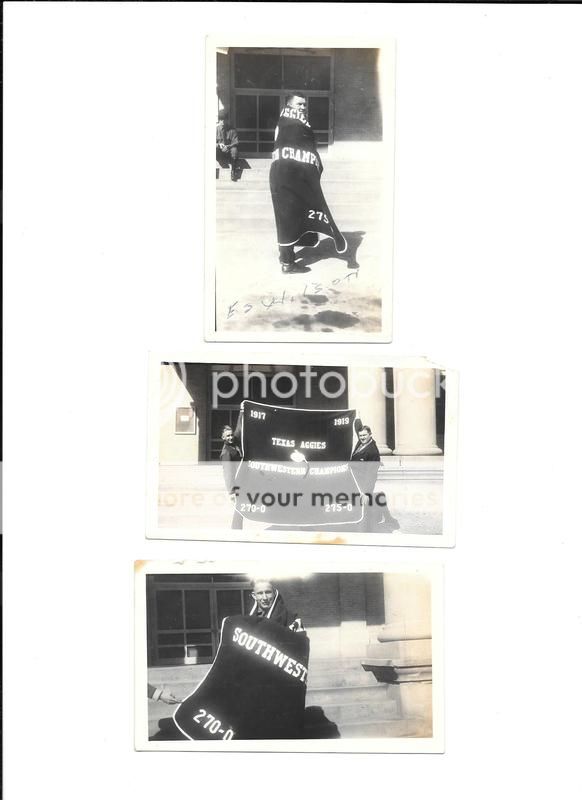
Knickerbocher & Wilson outside Sbisa
The song was such a hit that the quartet members were picked up and carried around the area on other Aggies shoulders. A reminder that this was in 1919. That year was a particularly good year for the Fightin' Texas Aggie football team, as the Ags under legendary coach Dana X Bible were undefeated & unscored upon for the ENTIRE year! Along with my grandfather, Coach Bible was also stationed in France in 1918( as an Army pilot, I believe), but he returned to coach the Aggies in 1919. My, how times have changed. I wonder how many famous current college coaches would be required to do the same thing in this day & age.....
Anyway, before the game against the horns, the quartet performed at yell practice again, and the results were the same, as they were once again carried around the square.
The Aggies ended up beating the horns 7-0 and Coach Bible had the team so inspired that he did not make 1 single substitution or call any timeouts during the entire game.
The song written originally written as a ballad. However, in 1921, George Fairleigh, director of the FTAB approached my grandfather about "jazzing it up" a bit, and soon afterward, it made its inaugural debut on a football field.
In June of 1921, Pinky said goodbye to Texas A&M, but only as a student. He was now a former student. He moved back to Florence where he ran the Wilson Family ranch. Several years later, he purchased his own ranch outside the community of Joppa in Burnet Co. where he was a goat & turkey rancher. He sold his ranch in the early 70's and retired in Burnet until his death in July of 1980. A couple of years ago, I went by his old ranch & saw Longhorns & a big Texas Longhorn flag flying above the entrance. Ol' Pinky is probably turning over in the grave at the sight of this
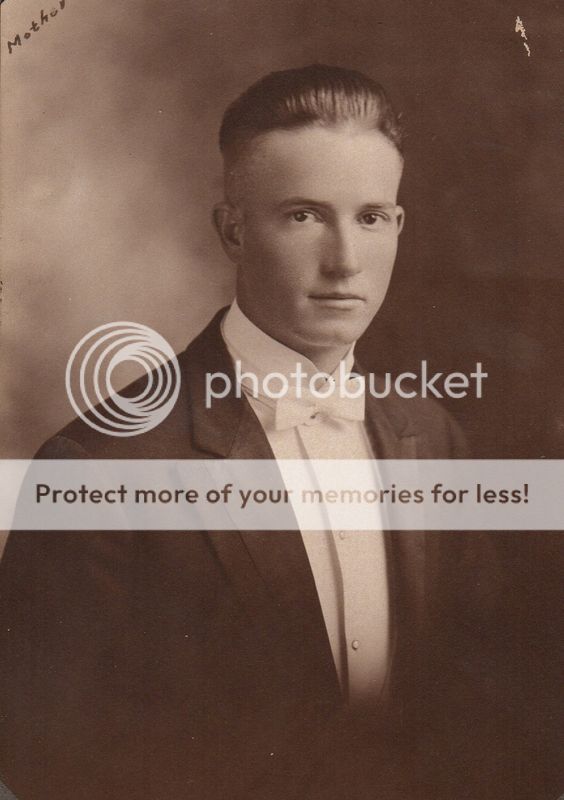
Pinky as an upperclassman
In 1938, Pinky was asked to write a 2nd verse to the Aggie War Hymn at the request of several Aggies, who thought that the song was too focused on t.u (sound familiar?). He reluctantly wrote the 2nd verse and made it the 1st verse.
The newer verse has been "tried out" several times over the years, but as stubborn about traditions as Aggies are, the 1st verse has never really caught on.
Finally, many people over the years have asked Aggies what "Hullabaloo, Caneck, Caneck means", so the next time you can tell them it was a yell that Aggies had at the time the War Hymn was written....or you could give an answer like Jack K Williams did. President of A&M at the time, Williams was asked this same question & quipped that it was Chickasaw Indian for BTHO t.u. My grandfather loved that response and it became his standard quote afterwards whenever he was asked that same question.
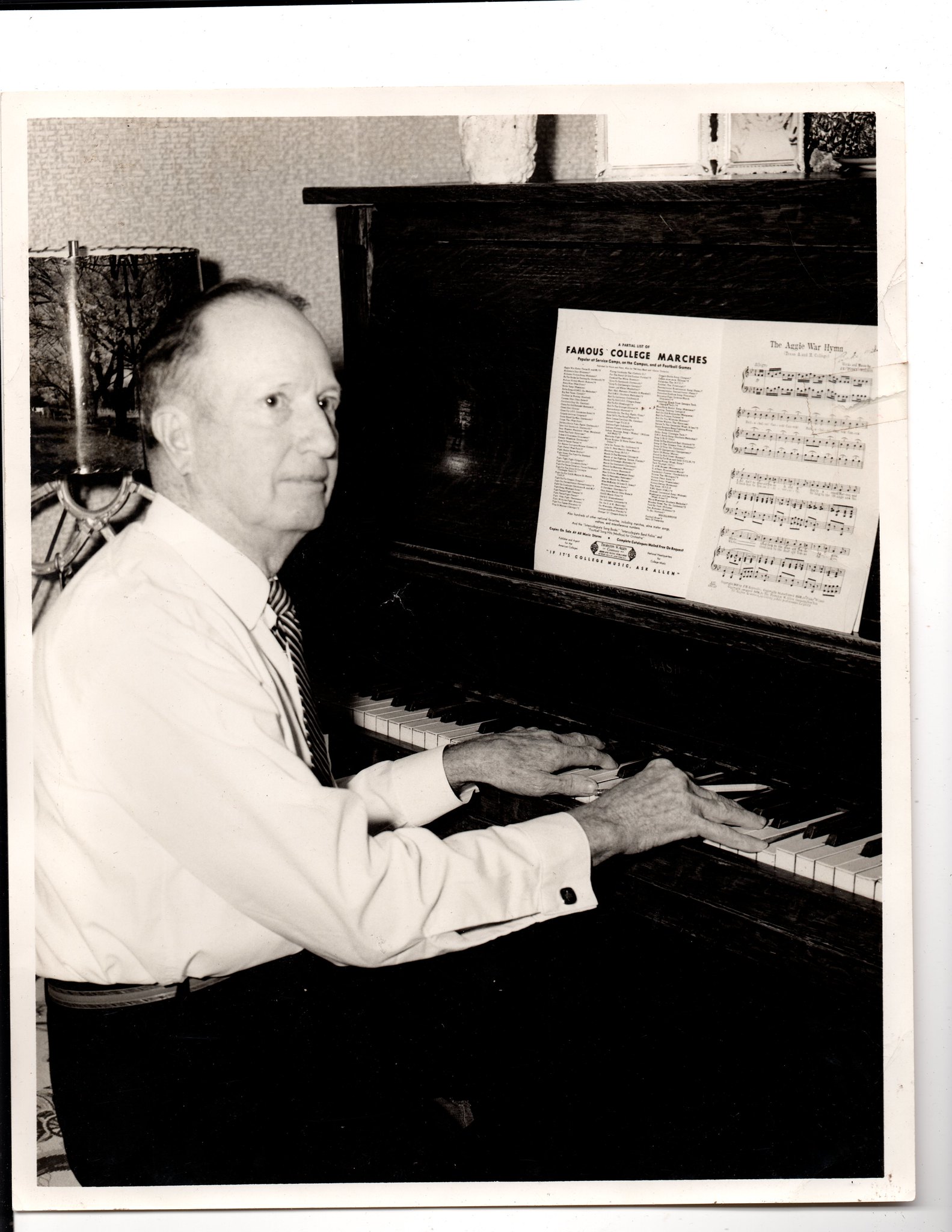
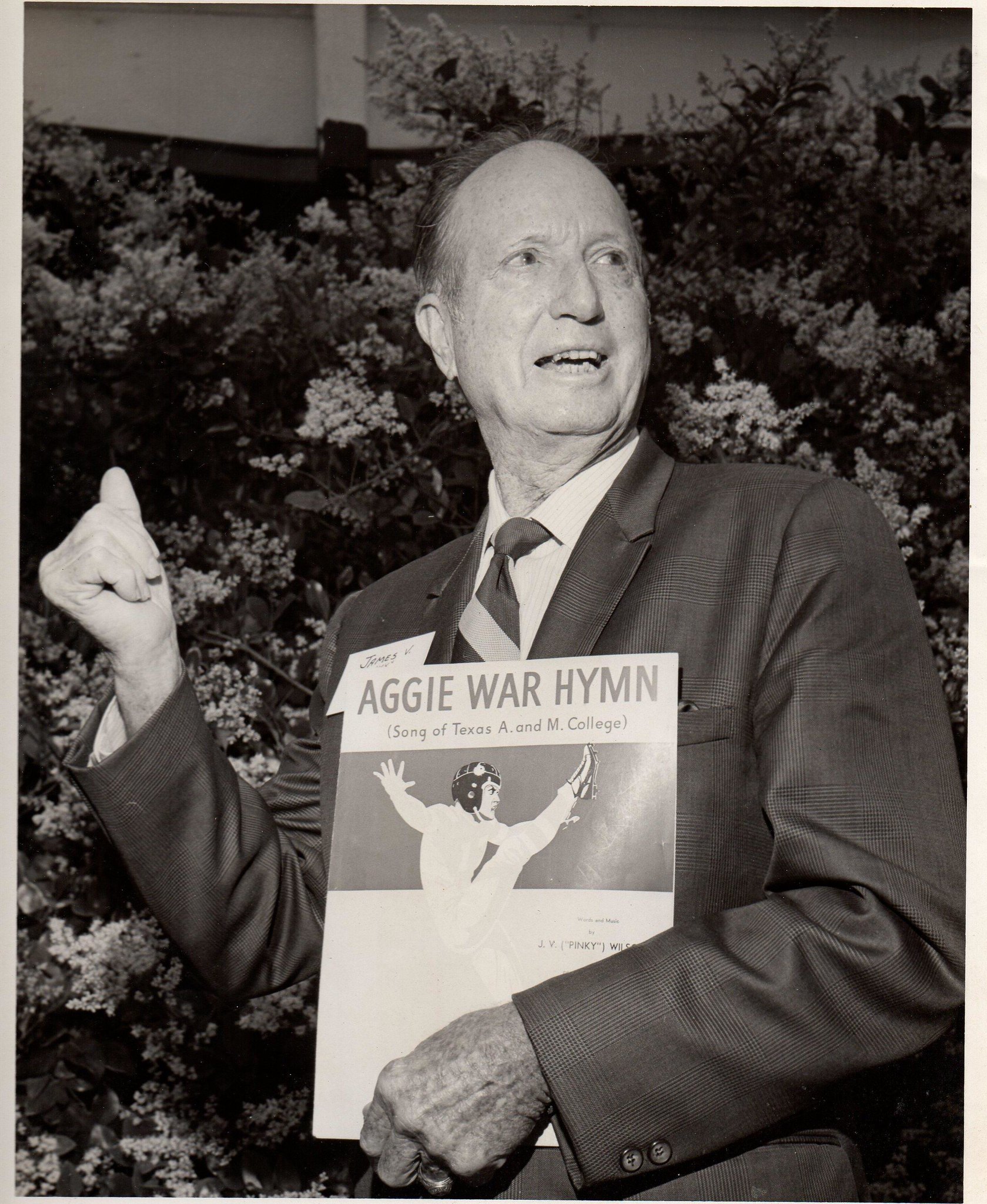
An older Pinky
The other note to add was that the "Wilcat", "Saw varsity's horns off" & the Hot Time medley at the end were later added to the War Hymn. I have recently found out that the Aggie Band Director at the time, George Fairleigh was instrumental in adding these pieces to the end of the song. How much of a part my grandfather played into it, I don't know.
........so now, you know the story of how the Aggie War Hymn came to be written.










